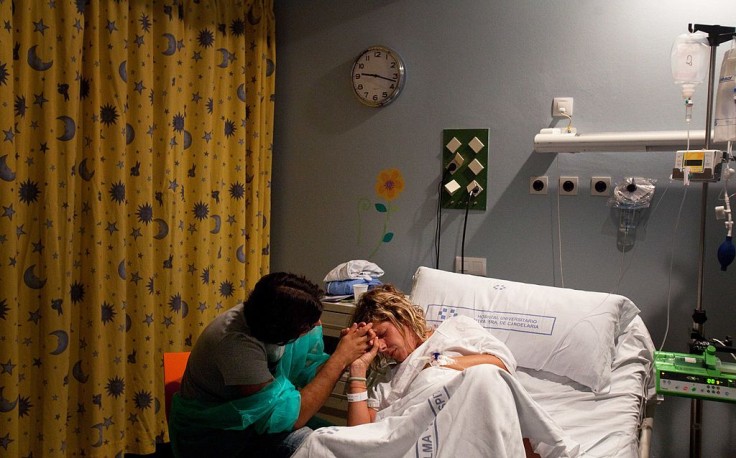
Back labor refers to the severe lower back pain experienced by many women during and between contractions when delivering a baby.
This discomfort, though significant, typically doesn't indicate any issues with the baby. The pain is often attributed to the pressure of the baby's head against the lower back, though other factors may contribute, such as referred pain from the uterus.
What Sensations Do Women Experience During Back Labor Pain?
The sensation of back labor is described as a continuous, intense pain focused on the lower back, which tends to worsen during contractions and peak at their height. Women often liken it to feeling like their spine is being ripped out or describe it as a constant baseline pain with intense waves during contractions.
This type of pain is frequently associated with the baby's position, especially when the baby is facing up during labor, pressing the back of the head against the mother's spine. However, there are no precise danger factors to anticipate whether a woman will experience back labor.
Managing back labor involves several approaches, including trying different positions like getting on all fours, doing pelvic tilt exercises, receiving massages, applying counterpressure to the lower back, using hydrotherapy with warm baths or showers, and utilizing heat or cold packs.
In some cases, sterile water injections beneath the skin of the lower back may provide temporary relief, although this option is not universally available.
What Back Labor Pain Is and Its Causes
During labor, individuals may not only feel contractions in their abdomen but also experience sensations throughout their body, including the back, as contractions become longer, more frequent, and more intense.
This back pain, particularly severe and occurring during (and sometimes between) contractions, is commonly referred to as back labor.
Back labor is commonly palpable as severe pain in the lower back, just above the tailbone, and it often signifies that the baby is in the occiput posterior (OP) position, colloquially known as "sunny-side up."
While back labor can be upsetting for the women experiencing it, it generally does not pose a problem for the baby. Most babies in the sunny-side-up position will rotate on their own before delivery.
However, about 5% to 8% of babies may remain in the OP position, though most can still be born vaginally without difficulties.
The cause of back labor is believed to be akin to the baby's position in the pelvis during labor and childbirth.
This position, specifically when the baby's head presses against the spine and tailbone, is related to back labor. Factors impacting the baby's position, such as size and the pregnant person's anatomy, are not fully understood.
Where Back Labor Pain Occurs
Back labor pain is often concentrated in the lower back due to pressure from the baby's head, and its intensity varies among individuals. Some may find it excruciatingly painful, while others may not perceive it as worse than ordinary labor pain, just different.
As labor progresses, back labor pain may become more severe, sometimes persisting between contractions and accompanied by muscle spasms.
Distinguishing between back labor and normal back pain in pregnancy is important. Back labor commonly starts during labor, while gestation-related back pain can happen throughout gestation.
However, sudden back pain, especially before 37 weeks of pregnancy, could signify premature labor and need prompt medical attention.
If experiencing back labor, changing positions can help relieve pain, as lying on the back can exacerbate contractions. Positions that lessen pressure on the baby's head against the tailbone, such as kneeling on all fours or squatting, may give relaxation.
Pelvic tilts and counterpressure techniques, along with the application of ice or heat, can also help manage back labor pain.
Pain medications or an epidural may be considered for further pain relief, although they may not eliminate back labor pain.